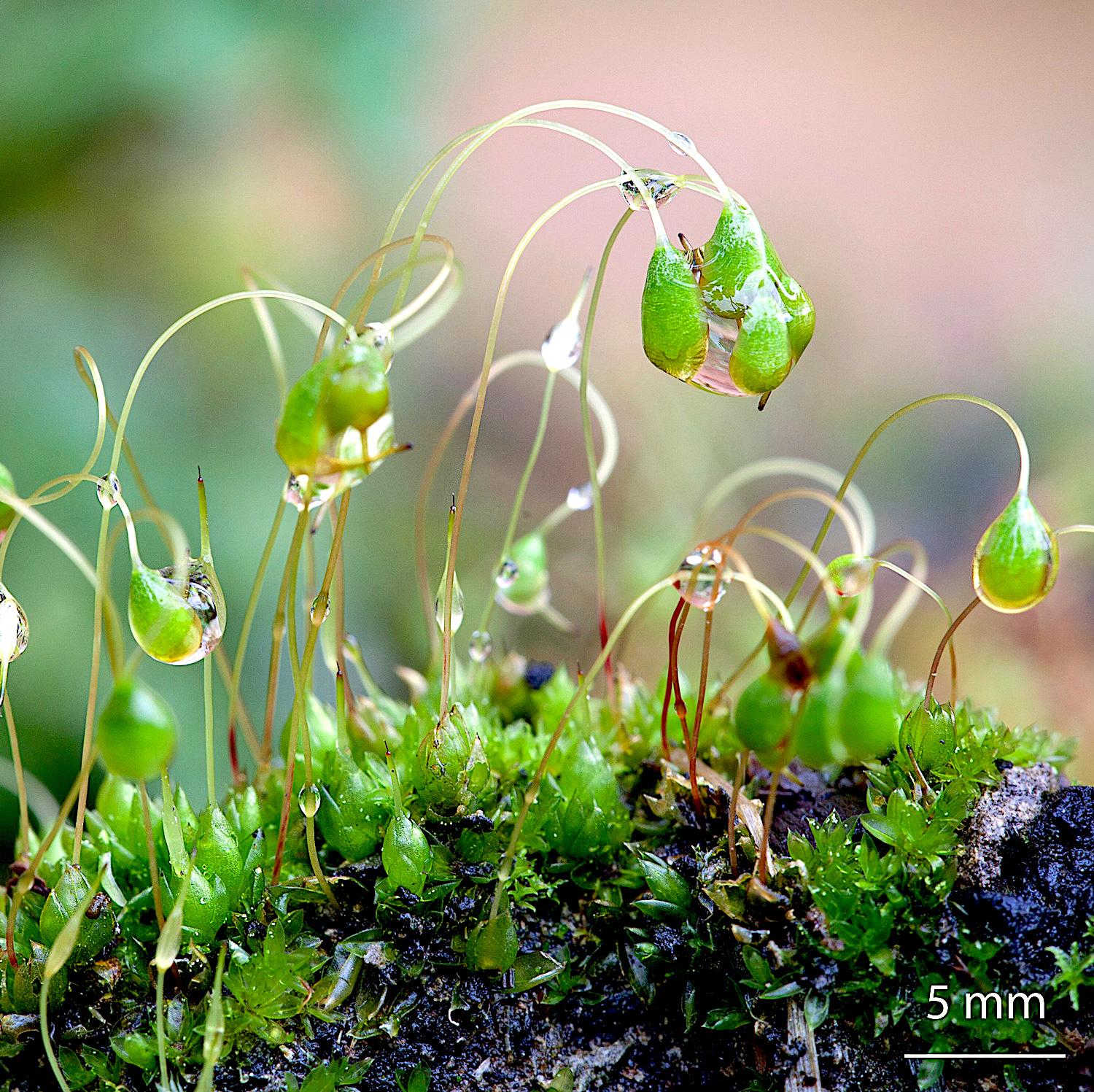
funaria-hygrometrica-moss.jpg from: https://plantstomata.wordpress.com/tag/d-j-paolillo-jr/
Exploring the Fascinating World of Funaria serrata Brid. Moss
Introduction
Mosses are small but mighty plants that play important roles in ecosystems around the world. One particularly interesting species is Funaria serrata Brid., a moss in the Funariaceae family. In this blog post, we’ll take a closer look at the unique features and ecological significance of this tiny but fascinating plant.
Background on Mosses
Mosses are non-vascular plants in the division Bryophyta. Unlike other land plants, they lack true roots, stems, and leaves. Instead, they have leaf-like structures called phyllids that are only one cell layer thick. Mosses reproduce via spores rather than seeds and require moisture for sexual reproduction.
There are over 12,000 species of moss found on every continent, from the Arctic to the tropics. They grow on soil, rocks, trees, and even human-made structures. Mosses play key ecological roles, helping to regulate moisture, prevent erosion, provide habitat for other organisms, and cycle nutrients.
Funaria serrata Brid. Moss
Funaria serrata is a species of moss first described by German botanist Samuel Elisée von Bridel-Brideri in 1826. The species epithet “serrata” means “toothed” or “serrated”, referring to the toothed margins of the phyllids.
Morphology and Identification
F. serrata forms small tufts or cushions, typically 0.5-2 cm tall. The phyllids are oblong-lanceolate in shape, 1-2.5 mm long, and have distinctly serrated margins, especially near the tips. The costa (midrib) extends to the phyllid apex.
Capsules are 1.5-2 mm long, pear-shaped, and borne on 1-3 cm tall setae (stalks). When immature, the capsules are green and covered by a calyptra (hood). Mature capsules are reddish-brown and grooved when dry. Spores are 25-40 μm in diameter.
Global Distribution and Habitat
Funaria serrata has a widespread but scattered distribution, occurring in:
- Europe
- Asia
- Africa
- North America
- South America
It grows on exposed, disturbed soils, such as riverbanks, roadsides, trails, and agricultural fields. The species is often found in lowland areas from sea level to 1000 m elevation.
Ecological Roles and Adaptations
Like other mosses, F. serrata helps to stabilize soils, retain moisture, and provide microhabitats for invertebrates and other organisms. Its ability to colonize disturbed habitats allows it to play a role in ecological succession and soil formation.
The species is adapted to tolerate desiccation. The phyllids can quickly absorb water when moisture is available, allowing the moss to rehydrate and resume photosynthesis. This adaptation allows F. serrata to survive in exposed habitats that regularly dry out.
Conclusion
Funaria serrata may be small, but it is a remarkable moss with distinct morphological features and important ecological roles. Its ability to colonize disturbed habitats and tolerate desiccation make it well-suited to life in challenging environments.
Next time you’re outdoors, take a closer look at the mosses around you – you just might spot some Funaria serrata! What other mighty mosses have you encountered in your local ecosystem?